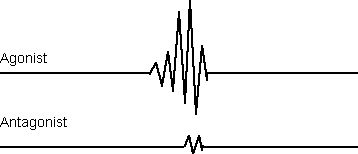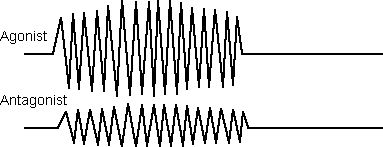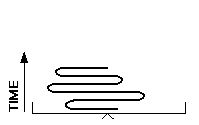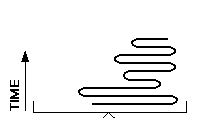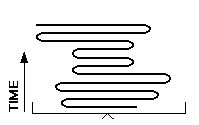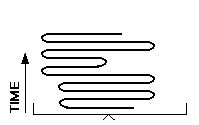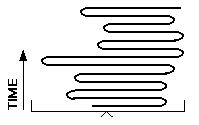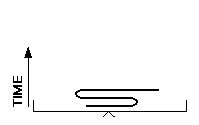Underlying work of Rudolf Laban & Warren Lamb is a concept of Flux . . . .
"Forms of objects, as well as the shapes assumed by living organisms, wax and wane uninterruptedly... [an] uninterrupted flux" (Laban, 1966, p. 3)

"This flux of time can, therefore, be understood as an infinite number of changing situations."
"... an infinite number of appearances and disappearances, which we called the flux of time. (Laban, 1966, p. 28)
"everything is in a state of flux ... varying as the process of movement goes on" (Lamb, 1993, p. 7)

